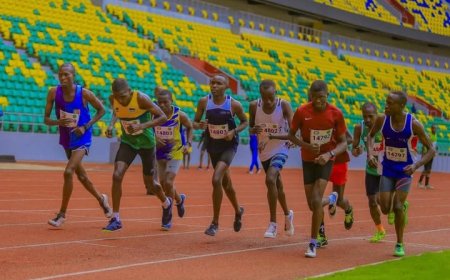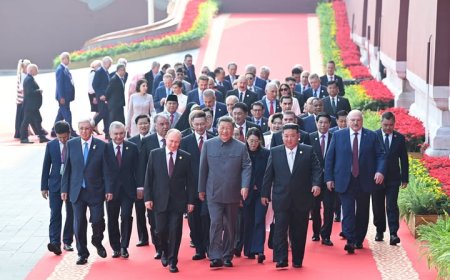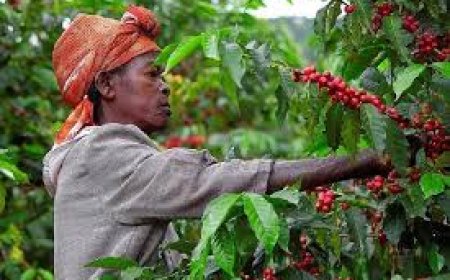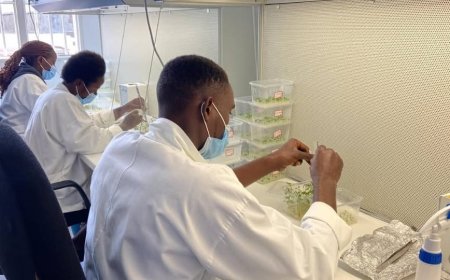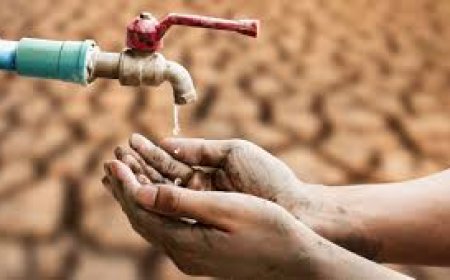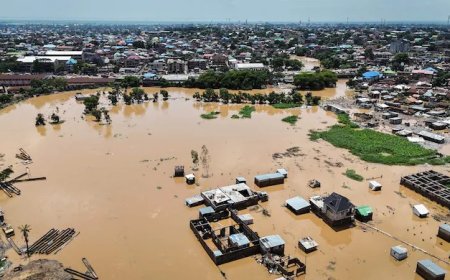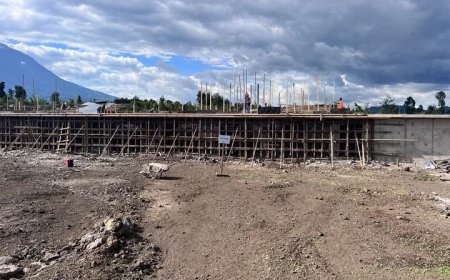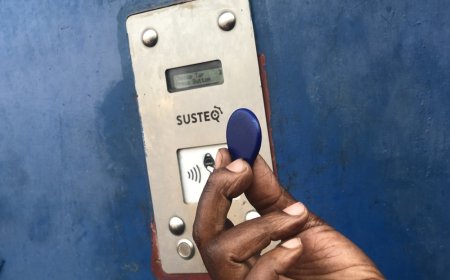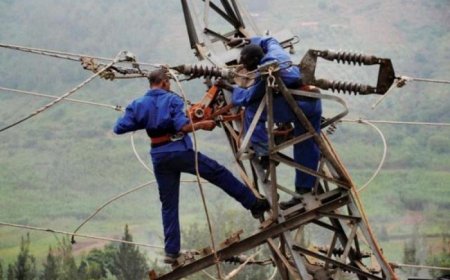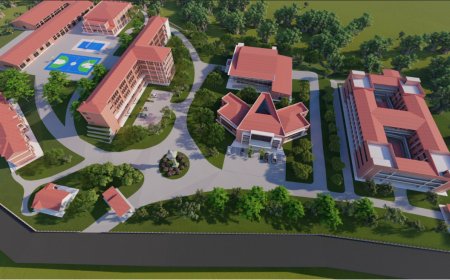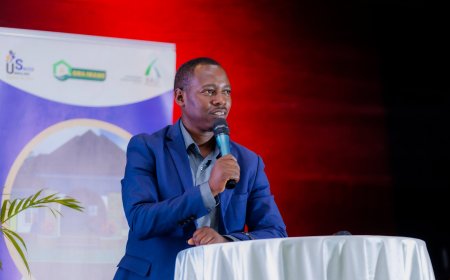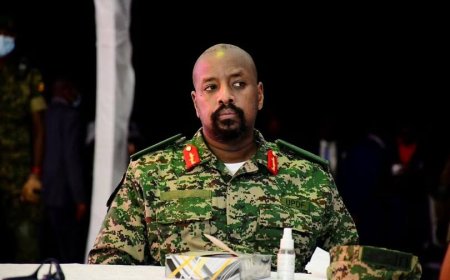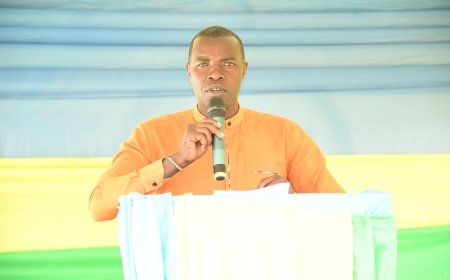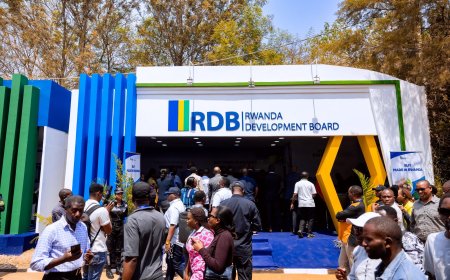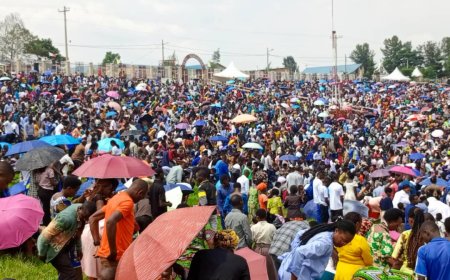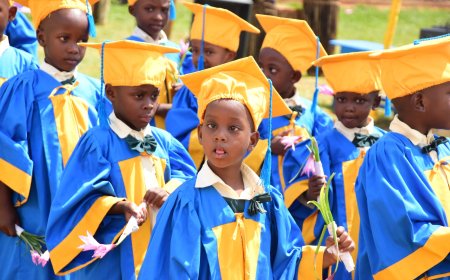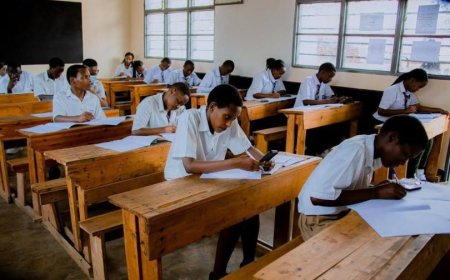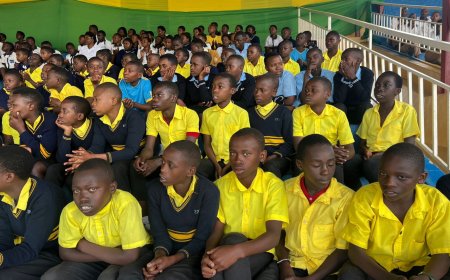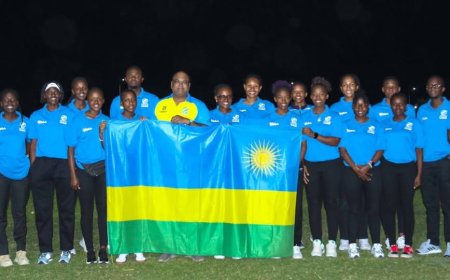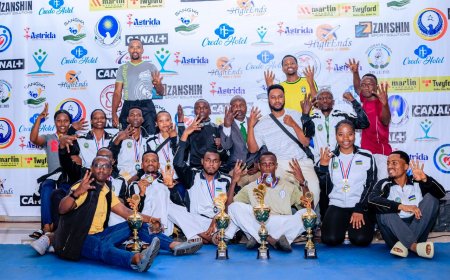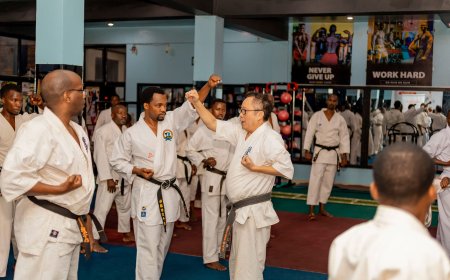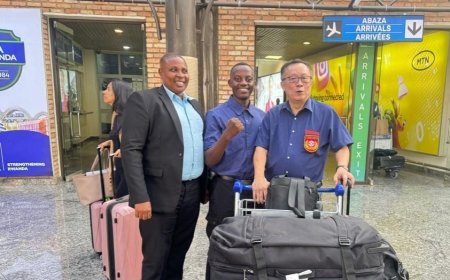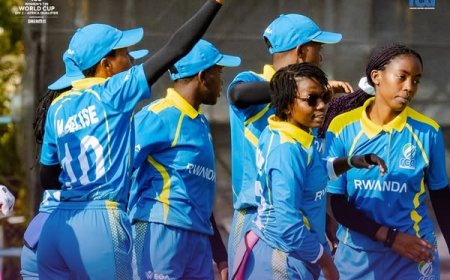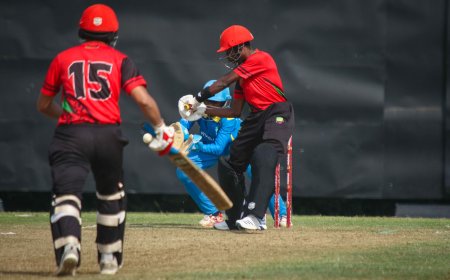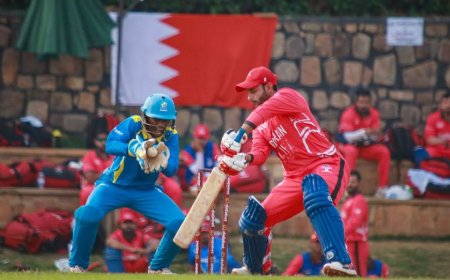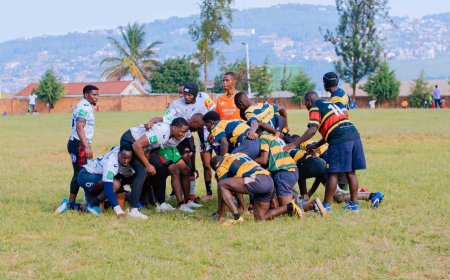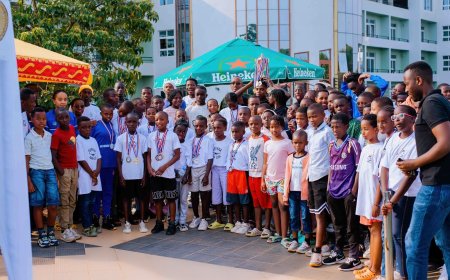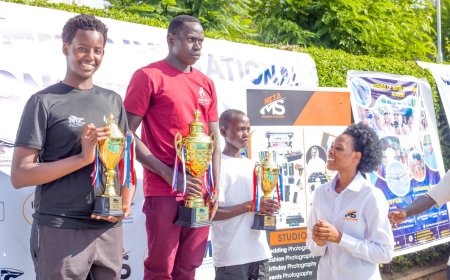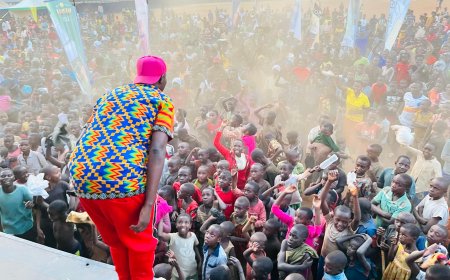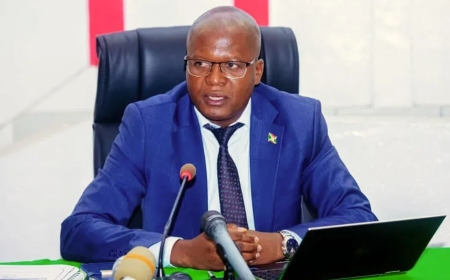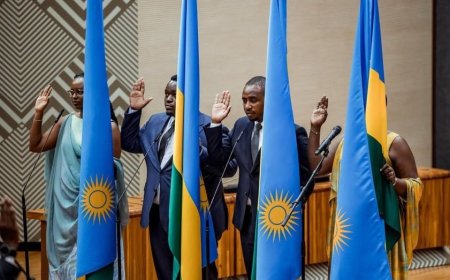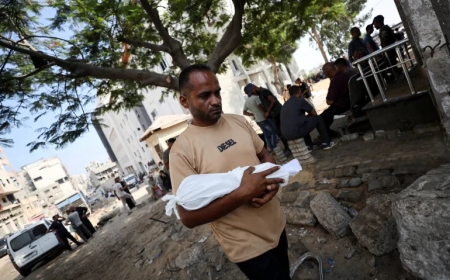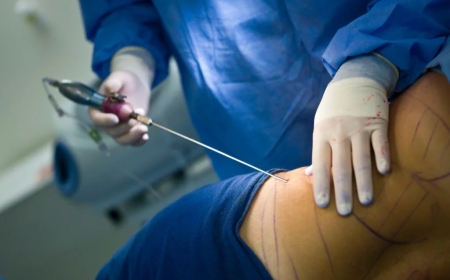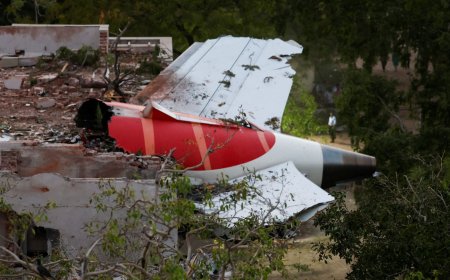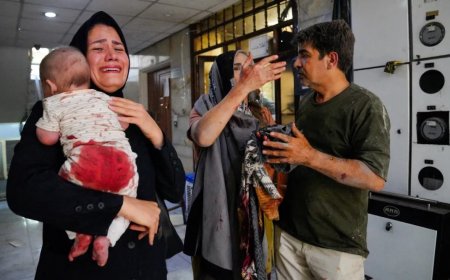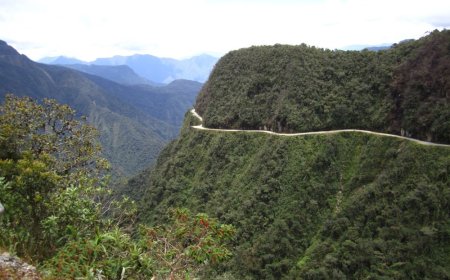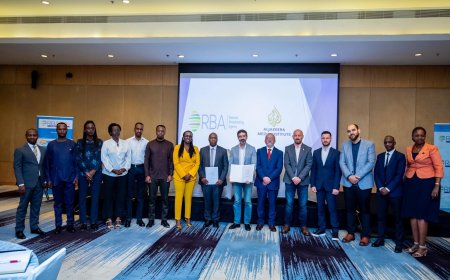Abducted Children return traumatized in Mozambique
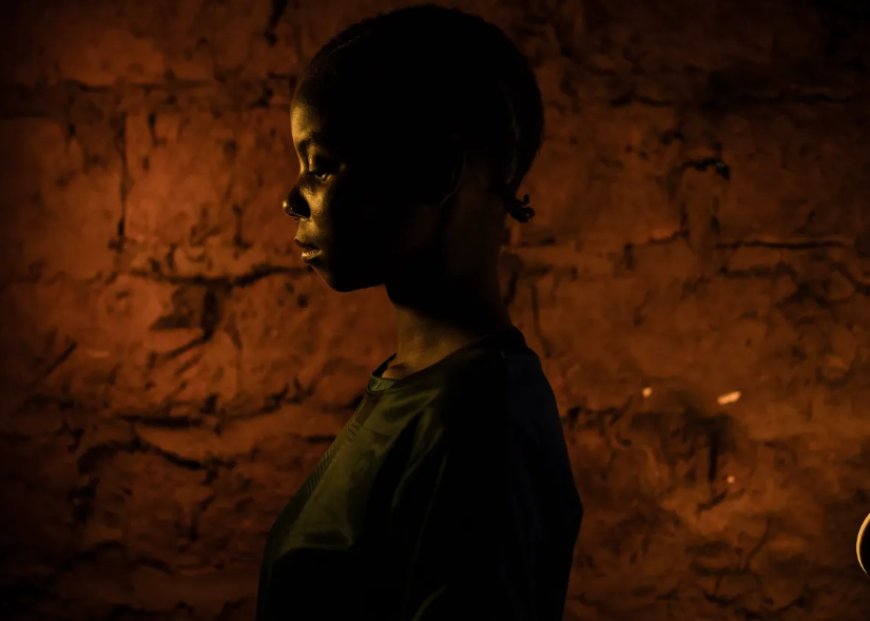
Chiure, Mozambique - Sitting in front of their mudbrick home in Chiure - a town in Mozambique’s northern Cabo Delgado province - Ismael* and Estebao* stare at the ground, lost in a memory that still haunts them.
Both boys - brothers aged 13 and 10 - were abducted in November by members of the ISIL affiliate in Mozambique [ISM], known locally as al‑Shabab, though it has no links to the Somali armed group with the same name.
“We were playing - it was five in the afternoon - when a group of armed men entered the village and captured all of us,” Ismael whispers, speaking in Portuguese through a translator.
Beside him, Estebao listens to his brother’s account in silence, a distant, vacant look in his eyes.
The boys were taken with four others from the community. It was just one incident in a wave of child abductions by armed fighters that rights groups say has become widespread in the region.
Such abductions have “ramped up” recently, Human Rights Watch [HRW] said in a June report, noting that national civil society groups and the United Nations children’s agency [UNICEF] also report kidnappings are on the rise.
“In recent days, 120 or more children have been abducted,” Abudo Gafuro, director at Kwendeleya, a national organisation that monitors attacks and provides support to victims, told HRW in June.
Some observers say the statistics do not include all abduction cases, and that even those that are recorded receive little international attention.
This, as the conflict continues to displace thousands in one of the world’s poorest yet most resource-rich regions, flush with LNG, minerals, and precious stones.
- ‘We were scared’
Ismael and Estebao were captured in Mazeze, their birthplace. Their mother, Maria*, tells Al Jazeera it was not the first time the village was attacked.
Attacks on communities have become common since al-Shabab began operating in the province in 2017, observers note.
“We walked for hours until they took us to a spot in the bush where more armed men and captives were held,” Ismael remembers.
The boys were marched through the bush, unbound, until they reached the rebels’ camp - a remote site they say had no permanent structures.
Upon arrival, an armed man gave the six boys machetes. “Do you know what this is for?” they were asked. “To cut wood and to kill.”
The brothers spent two days as captives deep in the forest with the other boys, witnessing horrific scenes.
“We saw them behead an older woman, a traditional healer, right in front of us,” Ismael says.
“That same night, we talked among ourselves. We were scared, but we knew we had to escape.”
The next morning, they were ordered to gather wood. Two boys stayed behind - but four, including the brothers, managed to flee into the forest.
The terrified group reached a safe location before continuing. After a full day, they finally returned to Chiure.
“We don’t know anything about the two [boys] who remained,” Ismael laments.
HRW’s report found that while some abducted children are released, others remain missing. And for those who return, there are few resources to help them reintegrate.
- ‘Significant insurgent activity’
Cabo Delgado, once a natural paradise, is now an extractive frontier - where the presence of oil giants like TotalEnergies contrasts with straw-and-adobe homes, making the region’s deep socioeconomic inequality even clearer.
The violence in the province that began in 2017 subsided after July 2021, when the Rwandan Armed Forces deployed at the request of Mozambique’s government to help with operations against al-Shabab.
But attacks have escalated this June and July, according to the UN and conflict monitors.
Nearly 60,000 people have fled Cabo Delgado in the past two weeks, 42,000 of them in Chiure, the UN's migration agency said on Tuesday.
Cabo Delgado also experienced “significant insurgent activity” in June, according to Cabo Ligado, a conflict observatory launched by the Armed Conflict Location & Event Data [ACLED] project and media partners to track political violence in Mozambique.
Since October 1, 2017, Cabo Ligado has reported more than 6,100 deaths in the province - including over 2,500 civilians killed.
Al-Shabab’s years-long brutal campaign has been marked by beheadings, looting, kidnappings, and abuses of women and children, experts say.
Abductions have become a core part of this group’s tactics, and the HRW report highlights the main reasons it targets children:
“Most of the abducted children are being used for transporting looted goods, forced labour, forced marriages, and taking part in the fighting.”
Rufino Sitoe, a lecturer at the School of International Studies at Joaquim Chissano University in Maputo, notes that “women and children have become the primary targets, with children, in particular, coerced into taking active roles in acts of violence.”
The victims of this systematic violence number in the thousands, rights groups say.
One of them is Ana Joao*, a 15-year-old from Macomia, displaced twice in her young life.
The first time was in 2020, when armed men razed her village and beheaded a number of its people.
She fled, hid in the forest, and walked for days to reach Chiure.
But the ghosts returned in 2024, when al-Shabab attacked the village again.
“The day they captured me, they told me I would be their wife, that they were going to marry me and I would have to bear children.
I know girls who have given birth to children fathered by insurgents,” Joao explains in Portuguese through a translator.
She escaped once more and now lives with her aunt.
“I’m so tired of the displacements. All I want is to continue studying.”
Joao’s dream of becoming a teacher is still far from coming true - just like peace in Cabo Delgado.
- Protection risks
June 2025 witnessed a deepening humanitarian crisis across northern Mozambique, according to the UN’s Office for the Coordination of Humanitarian Affairs [OCHA]: The violence by al-Shabab “drove new displacement, disrupted essential services, severely restricted movement, exacerbated food insecurity, and impeded the delivery of life‑saving assistance”.
Sitoe explains that the conflict shifted dramatically in April 2024, when troops from the Southern African Development Community Mission in Mozambique [SAMIM] began withdrawing.
That mission that began in October 2023 ended on July 15, 2024.
“This has been the most significant factor in the recent escalation of violence.”
According to the UN, 699,000 internally displaced people have already returned home.
Returns have been driven by a general improvement in security, thanks to Mozambique’s army, local forces and the Rwandan army - but also by the poor conditions in displacement camps and the lack of basic services.
The latest wave of displacement occurred on June 24, when 568 people - including 324 children - fled al-Shabab attacks in Quinto Congresso village and sought refuge in the overcrowded district centre of Macomia.
With this latest displacement, the number of people uprooted by the conflict since the beginning of the year has reached 48,000.
In 2023, the UN Special Rapporteur on the human rights of internally displaced persons [IDPs], Paula Gaviria Betancur, concluded that the process to enable people to return home was plagued by the absence of a structured, formal and transparent consultation mechanism for IDPs:
“Local authorities and community leaders have actively encouraged, pursued or exerted indirect pressure on IDPs to return to their places of origin either by promising humanitarian assistance or providing inaccurate or incomplete information about conditions in place of return, thereby hampering their ability to make an informed and fully voluntary decision,” she wrote in her end-of-mission statement.
Today, in a province of nearly two million, almost a quarter of the population - 461,000 - remains internally displaced, contending with food shortage, family separation, and severe psychological trauma.
- ‘Traumatised and unable to eat’
Ismael and Estebao now live with their mother Maria in a displacement camp in Chiure, just 35km [22 miles] from where they were taken, among a population who are largely IDPs.
The camp is a sea of adobe and straw houses, all alike - no taller than two metres [6ft] and without windows.
The family’s home is a simple square of red earth with a straw roof, completely empty inside, without a single utensil or mat.
“When [my children] came back, I was happy,” says Maria, “but it didn’t last long because I saw they were traumatised and unable to eat.”
She sits beside her boys, keeping a close eye on them as Ismael speaks. Her feet are bare, like those of her children and most of the people living in the camp.
NGO programmes that offer psychological support and help the abducted children return to their schooling have helped the victims, who often display symptoms of post-traumatic stress disorder.
But this support isn't always consistent or sufficient.
“When we identified the brothers, we enrolled them in activities immediately,” Iza Natercia Moises, child protection and education in emergencies coordinator at Save the Children, says about Ismael and Estebao. “However, we no longer operate in this area and couldn’t continue the process.”
At the same time, since Donald Trump took office as president of the United States, the humanitarian and development sectors have faced significant cuts in places like Mozambique.
In 2023, the Southern African country received the highest amount of USAID funding among the Community of Portuguese Language Countries (CPLP).
Millions of lives have already been put in jeopardy since the cuts came into effect, experts say.
But even with adequate assistance, response times and consistent care for the children in northern Mozambique remain a major challenge.
“The country needs a clear strategy on what to do when a child, especially one that has been rescued, returns,” Benilde Nhalivilo, the director at the Civil Society Forum for Children’s Rights, told HRW in its June report.
Meanwhile, in villages and displacement camps, returned child abductees are forced to live with their trauma amid the fear of another attack.
“We kept recalling what happened [when we were abducted],” Ismael says as Estebao sits, still silent and distant, beside him.
“Honestly, that memory always comes back - even today.”
Names have been changed for security reasons (Aljazeera)
What's Your Reaction?
 Like
0
Like
0
 Dislike
0
Dislike
0
 Love
0
Love
0
 Funny
0
Funny
0
 Angry
0
Angry
0
 Sad
0
Sad
0
 Wow
0
Wow
0

